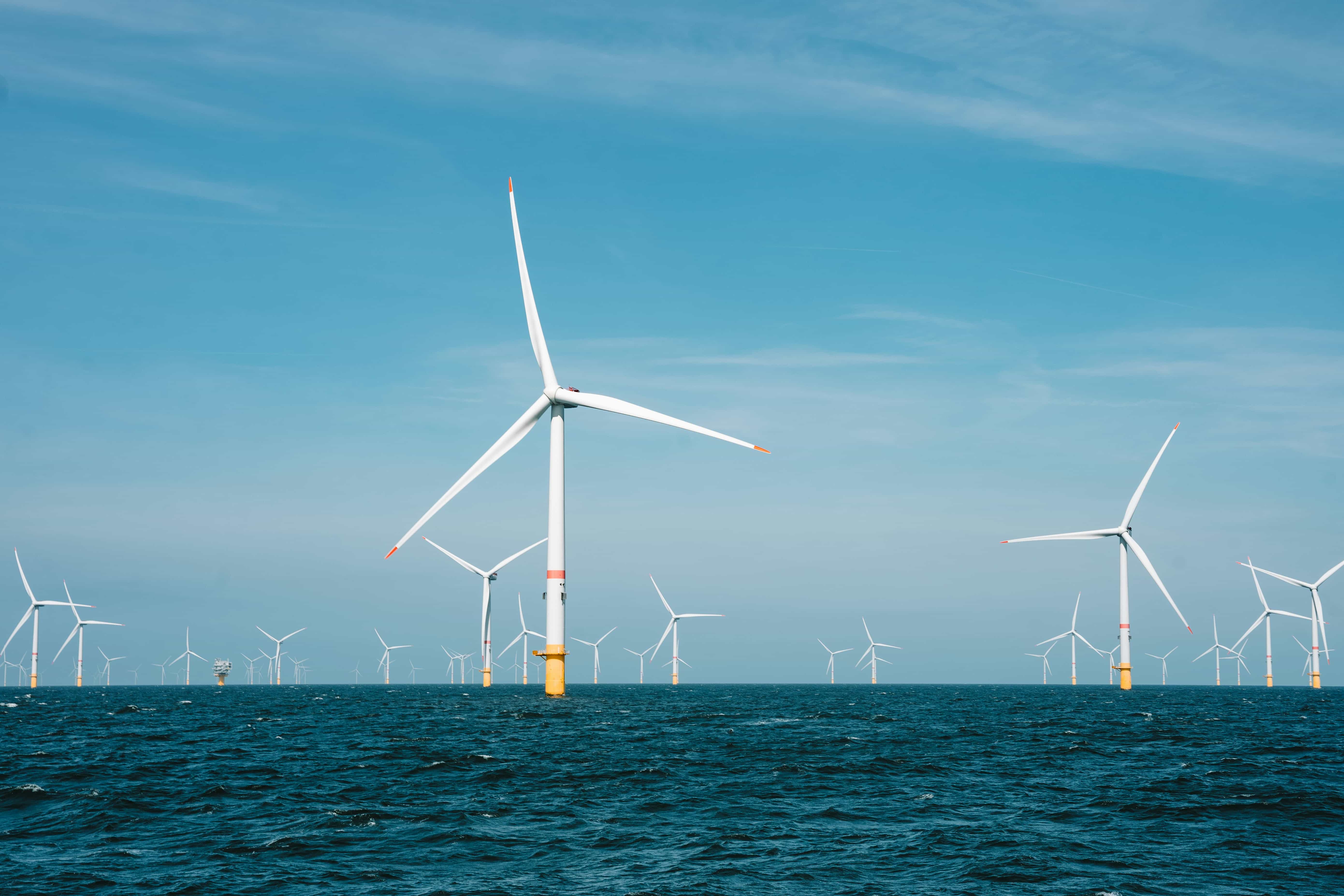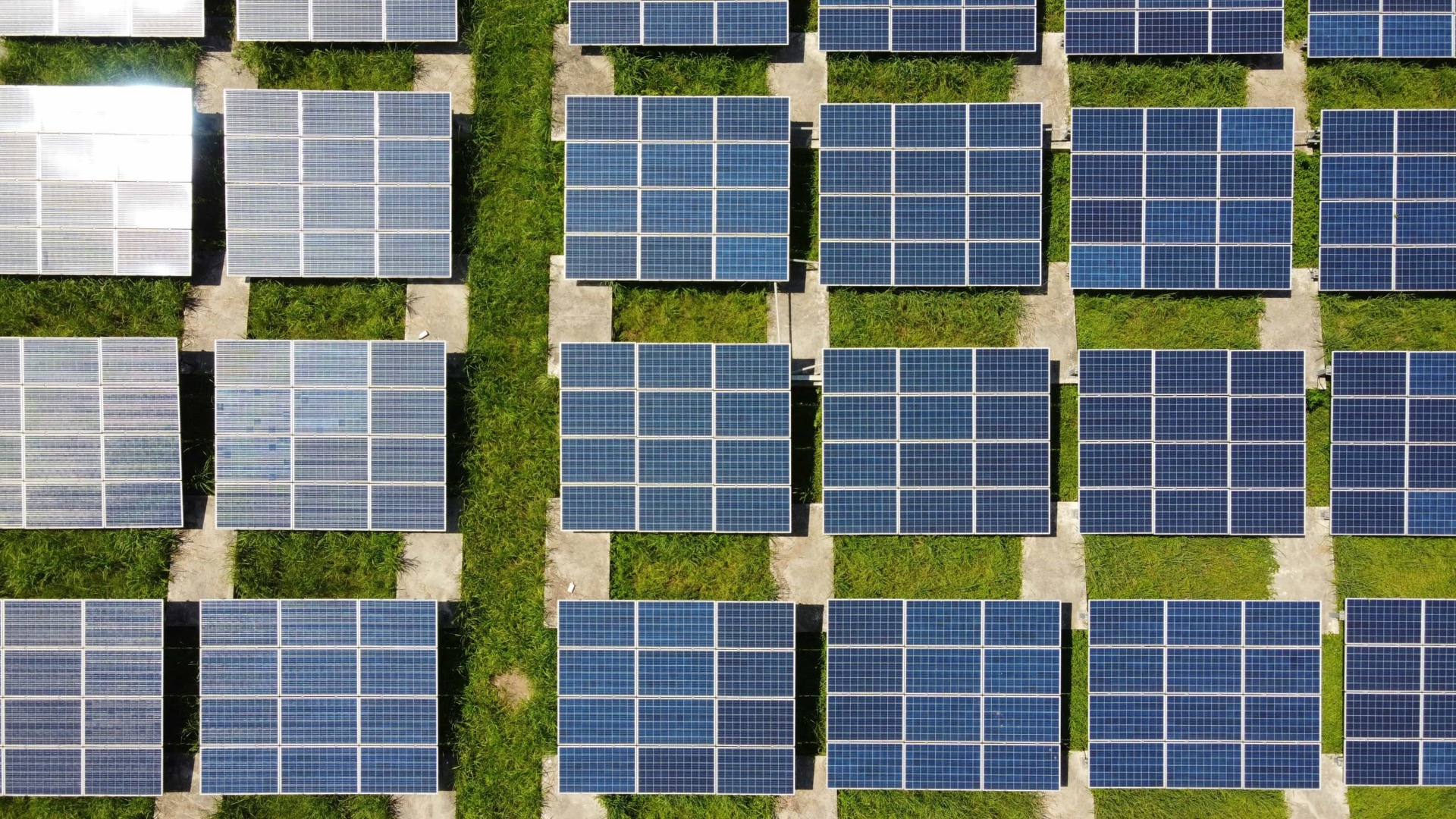Offshore wind power is one of the most promising solutions for renewable energy. By harnessing strong winds at sea, these turbines generate clean electricity for millions of homes. However, the very forces that make offshore locations ideal - powerful winds and waves - also create unique engineering challenges. Floating turbines, which rest on semi-submersible platforms, face constant vibrations and shifting loads caused by the unpredictable interaction of wind and waves.
These stresses not only reduce turbine efficiency but can also lead to mechanical wear, increasing maintenance costs and shortening the lifespan of the equipment. To address these issues, scientists have developed a new approach that stabilizes turbines while maximizing their energy output.
Smarter Control for Tougher Conditions
Traditional wind turbines use a collective pitch control (CPC) system, where all blades adjust their angle in unison to respond to changing wind conditions. While this works for smaller, fixed turbines, it falls short in the dynamic offshore environment, where uneven winds and wave motion create imbalances.
A more advanced approach is independent pitch control (IPC), which adjusts each blade individually. This tailored control minimizes imbalances by responding to the specific forces acting on each blade. Building on IPC, researchers have introduced an even smarter system called Equivalent Wind Speed Independent Pitch Control (EWIPC). This method improves the way turbines detect and respond to varying wind conditions by incorporating the effects of wind shear, tower shadows, and platform motion. The result is faster, more precise adjustments that keep the turbine steady even in rough seas.
How EWIPC Stabilizes Offshore Turbines
The EWIPC system works by combining two advanced techniques: predicting regular imbalances caused by wind conditions and responding to unexpected forces in real time. First, it uses azimuth feedforward control, which anticipates periodic stresses such as those caused by wind differences across the blades. Second, it employs a feedback system that directly addresses sudden changes in aerodynamic loads, reducing strain on the turbine's structure.
Simulations conducted on a state-of-the-art 15 MW semi-submersible wind turbine demonstrated the system’s effectiveness. EWIPC reduced blade oscillations, stabilized the tower, and minimized platform movements, resulting in smoother and more reliable turbine operation.
What Makes This Breakthrough Important
Offshore wind turbines must withstand extreme environments while maintaining high performance. By addressing vibration and load issues, EWIPC enhances both the stability and efficiency of turbines. This not only extends their operational life but also ensures a more consistent energy supply.
The benefits are particularly significant as wind turbines grow larger and move into deeper waters. Managing these immense machines requires innovative solutions to reduce wear and keep energy costs low. EWIPC offers a practical, scalable way to achieve this, making offshore wind power more sustainable and cost-effective.
A Vision for the Future of Wind Energy
This study is a major step forward in solving one of offshore wind’s biggest challenges. By stabilizing turbines in even the most challenging conditions, technologies like EWIPC are setting the stage for a new era of renewable energy.
Future research could refine these strategies further, tailoring them for different turbine designs and environments. As we expand renewable energy capacity globally, innovations like this will play a critical role in making clean energy more reliable and accessible.


